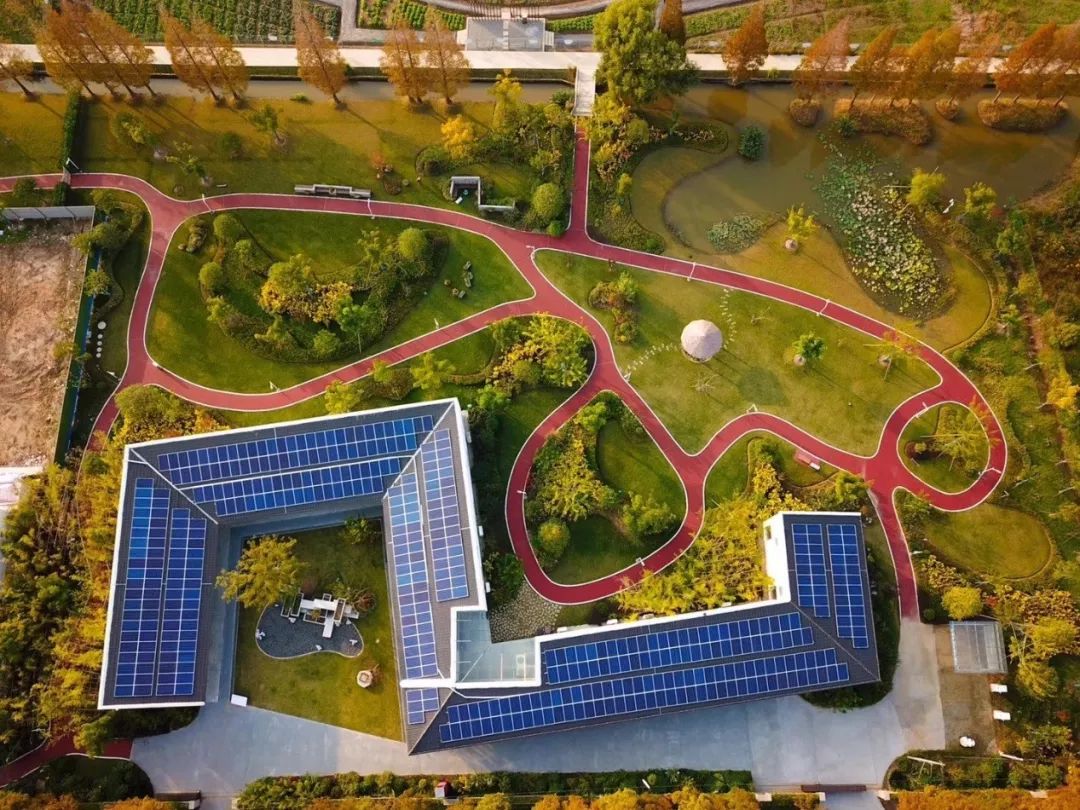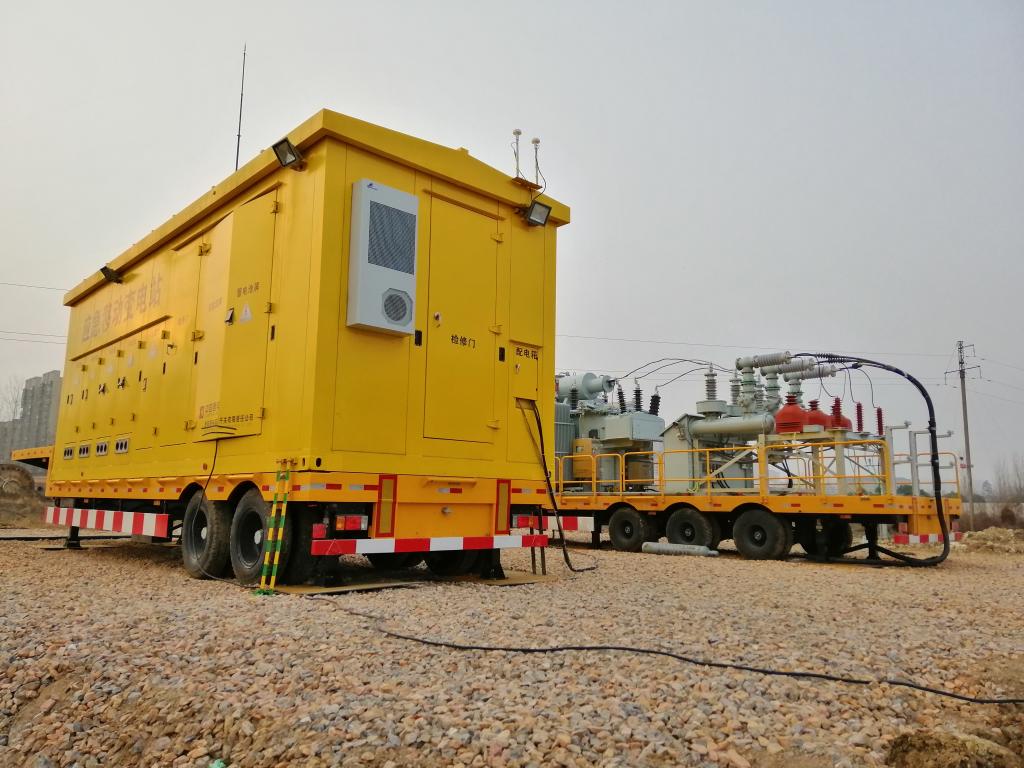
Desemba . 20, 2023 13:19 Rudi kwenye orodha
Utabiri Chanya wa Hifadhi ya Ndani ya Kiwango Kubwa ya Nishati katika Sekta ya Nishati
In the energy storage market, the installed capacity is increasing while prices continue to decline. This creates a challenge for the market to accurately predict shifts in industry profits. Additionally, there is concern about a potential slowdown in energy storage installed capacity if the growth rate of photovoltaic (PV) installations diminishes next year. However, with the ongoing acceleration of the energy transition, there is optimism for sustained long-term growth in the energy storage industry.
Soko la ndani lina mtazamo wa matumaini kwa hifadhi kubwa ya nishati, ikitarajia ukuaji mkubwa wa uwezo uliowekwa mwaka ujao. Ufungaji wa PV wa mwaka huu umezidi matarajio, lakini soko linaona sehemu ya ziada kama droo ya mapema ya uwezo wa mwaka ujao kutokana na mahitaji makubwa. Utawala wa Kitaifa wa Nishati (NEA) ulitoa data inayoonyesha ongezeko kubwa la uwezo wa usakinishaji wa PV wa msingi wa ardhini kwa robo tatu za kwanza za mwaka huu. Ufungaji wa PV wa kaya na PV iliyosambazwa viwandani na kibiashara pia ilipata ukuaji mkubwa. Hata hivyo, wasiwasi unaendelea kuhusu uwezo mdogo wa matumizi wa gridi ya taifa.

Predicting next year's PV growth rate accurately proves challenging for the market. Historically, energy storage installed capacity has been assumed to be directly proportional to PV and onshore wind power installed capacity. If the PV growth rate slows down next year, there is apprehension that energy storage capacity may also decelerate. However, the reality contradicts these concerns as the growth rate in installed energy storage capacity far surpasses PV installations.
China's cumulative installed capacity for new energy storage projects exceeded 17.33 GW/35.80 GWh in the first half of this year. The data also revealed that China's new centralized PV installed capacity reached 37 GW in the same period. Between Q3 of 2021 and Q2 of 2023, China achieved a centralized PV installed capacity of 53 GW, accompanied by a corresponding energy storage installed capacity of 8.7 GW. Although the installed capacity in the first half of this year is lower than in previous years, the energy storage installed capacity remains comparable.

Several factors contribute to the positive forecasts for domestic energy storage installations next year. Independent energy storage installations unrelated to wind power are emerging as the primary driver of installed capacity. Hunan and Shandong played pivotal roles in driving the highest installations during the first half of 2023. The introduction of policies in Hunan province significantly fueled the rapid surge in energy storage installed capacity. Additionally, an increasing number of provinces now mandate energy storage as a requirement for new energy projects, further driving the growth of allocated energy storage.
Next year, even if the growth rate of PV installed capacity slows down, the optimistic outlook for domestic energy storage remains. The increased allocated proportion of energy storage, along with provinces mandating energy storage and the development of independent storage initiatives, contributes to this positive outlook. As the landscape of energy storage installations continues to evolve, the industry is expected to maintain its robust development. With the ongoing energy transition and the growing importance of energy storage, the market will likely see sustained long-term growth in the coming years.
Nakutakia wewe na familia yako Krismasi njema sana.
Bidhaa zinazohusiana:
Baraza la Mawaziri la Kuhifadhi Nishati ya Kujiponya-EN-215 - Aina ya Nguvu
Itaondolewa ikiwa inakiuka
Tovuti ya kumbukumbu: https://www.energytrend.com
-
Wireless DC Charging: The Next Frontier in Contactless EV Power Delivery
HabariAug.04,2025
-
Hybrid BMS Energy Controls: Integrating Renewable Energy Sources
HabariAug.04,2025
-
Blockchain for Secure and Decentralized EMS Power Systems
HabariAug.04,2025
-
AI-Driven for Smart Grids: Energy Management System (EMS)
HabariAug.04,2025
-
Advanced Distribution Management System (ADMS) Energy
HabariAug.04,2025
-
5G-Enhanced BMS Energy Savings: Ultra-Low Latency Control
HabariAug.04,2025























